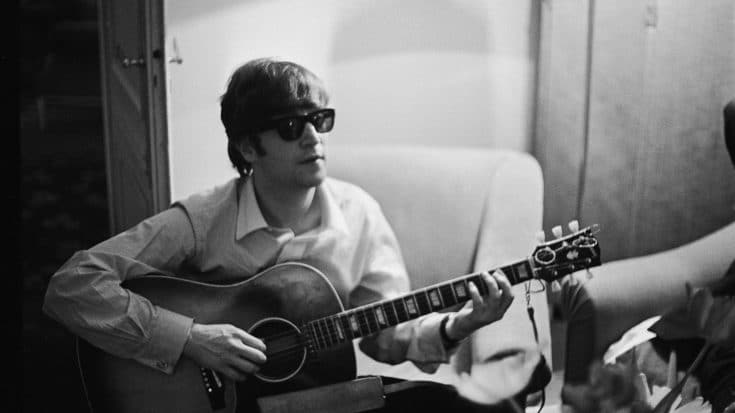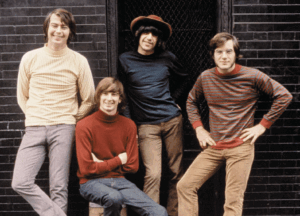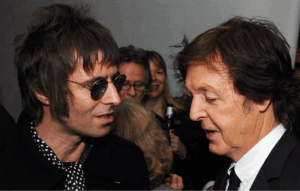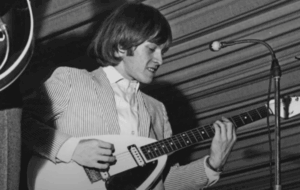How Was The Guitar Instrument Was Invented

John Lennon (1940 - 1980) of the Beatles plays the guitar in a hotel room in Paris, 16th January 1964. (Photo by Harry Benson/Express/Hulton Archive/Getty Images)
Throughout the years, the guitar has consistently held a central role in the world of rock and roll. Regardless of the era, there is a unique quality to strumming those strings that ignite a passion in individuals, surpassing most non-sexual activities. While the guitar has always possessed an enticing charm, its beginnings contrast significantly with its eventual evolution.
Evolution of the Guitar
The guitar was created deliberately by omitting certain basic strings and was primarily employed in classical music during its early stages. The initial prototype, known as a “vihuela,” originated in Spain and featured four strings similar to those found on a 12-string guitar.
Although this specific version gained popularity in the 15th century, it wasn’t until the 1800s that the instrument underwent a significant change, transitioning from an eight-string configuration to the familiar six-string design that is widely recognized today.
Resonance Redefined
An additional precursor to the guitar called ‘the Torres’ existed during this particular era. This variation was named after its inventor, Antonio Torres, and boasted a larger body that enhanced the instrument’s resonance when strummed or plucked.
The increased body size also resulted in a significantly louder volume than earlier guitar models’ more restrained sound. The following years were dedicated to continuously amplifying the guitar’s sound.
Amplification Advancements
Inventors expanded the guitar’s capabilities by creating an electric version that could be plugged into an amplifier. George Beauchamp introduced the first lap steel aluminum guitar and partnered with Adolph Rickenbacher to develop the first-ever guitar pickups.
This innovation allowed for prolonged string vibrations and ear-splitting volumes when connected to an amplifier.
Electric Guitars and Musical Icons
In the United States, on the opposite side of the globe, inventors such as Leo Fender and Les Paul were pushing the boundaries of the electric guitar. They experimented with various pickups and designs to enhance their playability during live performances.
Simultaneously, influential musicians like Chuck Berry and Buddy Holly emerged, wielding guitars and delivering early rock and roll songs, as they benefitted from these innovative developments.
The Beatles’ Musical Awakening
Upon the arrival of music in Liverpool, The Beatles were instantly captivated by its impact, reacting swiftly and energetically. John Lennon and Paul McCartney swiftly embraced the new sounds they heard on the radio, prompting them to pick up guitars.
Over time, Lennon amassed a collection of Rickenbackers, which added a distinct percussive quality whenever he vigorously plucked the strings, as showcased in songs like “I Want to Hold Your Hand.”
From Spain to Rock Legends
Following that, the situation became more raucous as Pete Townshend enlisted Marshall to construct one of the initial sets of amplifiers. Rather than mere loudness, the sound produced possessed such immense power that it could potentially knock someone off the balance if they were not cautious.
Since then, this instrument has remained eternally fashionable, attracting virtuosos, inventors, and enthusiasts who each bring their own distinct approaches to playing it. Notable figures like Ritchie Blackmore, Eddie Van Halen, and Tom Morello have contributed to its enduring popularity.
Although the guitar can produce a pounding sound whenever it is played, it all originated from a small classical instrument hailing from Spain.



















